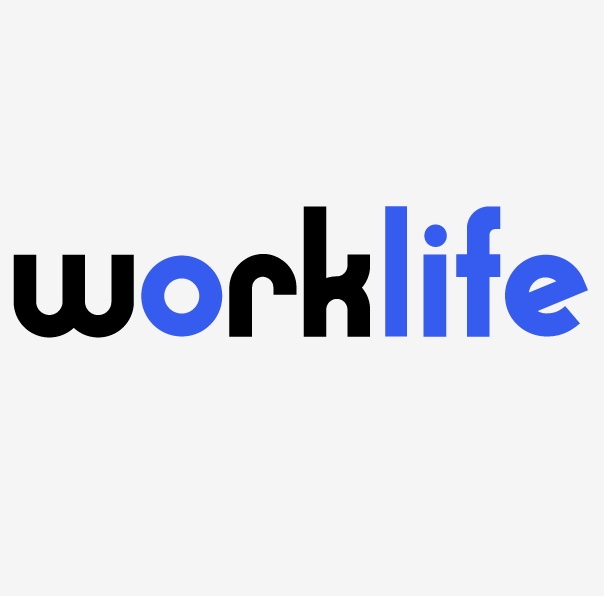Almost 35 years ago, Chevy Chase shared the true meaning of the American vacation:
It’s a quest. It’s a quest for fun. You’re gonna have fun, and I’m gonna have fun… We’re all gonna have so much [censored] fun, we’re gonna need plastic surgery to remove our goddamn smiles!
An organization known as Project: Time Off recently released its report, The State of the American Vacation 2018. You read that right, Project Time Off! How do they ever get any work done there?
The report found that the majority of American workers (52%) had unused vacation time in 2017, although that number is trending down from 55% in 2015. In fact, the report concluded that “employers are showing signs of having more encouraging vacation cultures, and employees are feeling more confident about using the time they earn.” Interesting word choice because, in the traditional “use it or lose it” policies that we draft, we studiously avoid using the word “earn” and opt for “accrue.” We do that so it is clear that vacation time is not earned like a wage that must be paid if not used.
According to Time Off, employees accrued an average of 23.2 paid days off in 2017, and used 17.2 vacation days. The 52% who left vacation days on the table had a total of 705 million unused days and forfeited 212 million of them (no payout or carry over). Interestingly, the report also concluded that had employees used all of those days, 1.9 million jobs would have been added to the economy–which we surmise means for temp or regular employees hired to fill the gaps and of course in the travel industry (no doubt the sponsor of the Project).
The reasons given by the 52% for not taking their vacations included:
- Fear of looking replaceable (good, because everyone is)
- Too much work
- Pets (the dog ate my vacation)
- Kids (the kids ate my vacation)
- Being a creature of habit and not wanting to alter their daily routine
The last one is our favorite and recruiting more of those creatures of habit should be a top priority.
Given the fierce competition for top talent, it is more important than ever for employers to ensure that they are keeping benefit policies attractive. According to Gallup’s 2017 State of the American Workplace Report, 53% of workers say that greater work-life balance is “very important” in their job searches. As we have been seeing in recent years and a 2017 Glassdoor survey reiterates, 90% of those confounding Millennials (now the majority of the workforce) prefer better benefits than pay increases. The fact is that paid vacation ranks as the second most important benefit among 45% of employees after health insurance (53%) and ahead of retirement plans (28%).
Two innovative concepts are starting to creep into the vacation policy mix. Unlimited paid time off has been implemented at an increasing number of large and some small employers with counter-intuitive results. Those companies with several years under their belts report that employees with unlimited PTO are using either less or about same number of days off than they did prior to the implementation. Employees report significantly greater job satisfaction and retention rates are higher. The employees say they feel trusted and more invested in the enterprise. One such company recommended calling unlimited PTO, “self-managed” or “responsible PTO.”
The other new concept is called “Workcation.” It is simple: go someplace cool or exotic and work a normal daily schedule. We know. We don’t get it either, but it is an idea that “American work-martyrs” may embrace. Although only about 10% of employees surveyed have taken one, 39% of Millennials said they found the idea appealing, 28% of Gen-Xers liked it, and we Boomers dragged down the stats with a paltry 18% approval rating.
The bottom line is that because attracting and retaining good employees is so critical, maintaining competitive benefits and flexible, even creative policies, are important parts of every employers’ recruitment tool box–or should we say, toy box.






